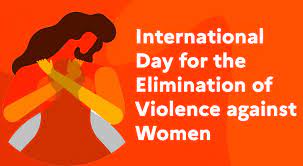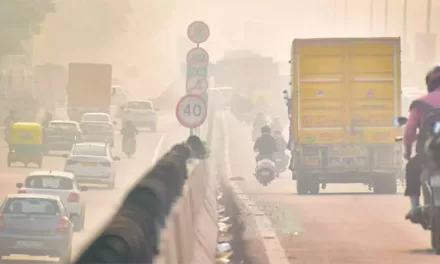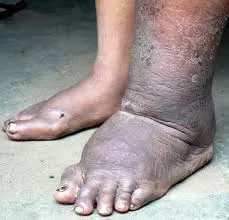Preventing and responding to violence against women is a human rights, gender equality and public health priority. In every country and culture, more action is needed to ensure women in all their diversity live a life free of violence and coercion.
Health workers are often the first professionals that women may disclose violence to, and the health sector has a critical role to play.
This International Day for the Elimination of Violence Against Women, followed by the 16 Days of Activism against Gender-Based Violence, WHO is strengthening our commitments to address violence against women, including those made as co-lead of the Generation Equality Forum Action Coalition on Gender-Based Violence, through:
Building the evidence
In 2021, WHO and partners released data from the largest ever study of the prevalence of violence against women. The report, supported by the WHO-UN Women Joint Programme on violence against women data, shows that 1 in 3 women across their lifetime are subjected to physical or sexual violence by an intimate partner or sexual violence from a non-partner.
Accurate, comparable and robust data is a powerful tool for accountability and action to end violence against women and girls. Use the WHO interactive database and these new global and regional factsheets to learn more about the prevalence of violence against women across countries, age groups and regions.
Supporting women survivors of violence in the context of COVID-19
Two years of pandemic measures such as lockdowns and disruptions to vital support services have further increased women’s exposure to violence.
If you are worried about someone you know, want to report an incidence of violence, or want to know more about what you can do to support women being subjected to violence during COVID-19, WHO has useful guidance.
This short-animated video, produced by PMNCH, UNICEF, UN Women and WHO including the UN Special Research Programme HRP, provides practical guidance for women and children who may be experiencing violence and what they can do to seek help and support:
Strengthening the capacity of health systems and providers
Most women who are subjected to violence do not explicitly disclose their experiences. The health system is a critical entry point to identify survivors, provide first line support, and, if needed, referrals.
“The quality of service I am providing has improved dramatically,” said a doctor who took part in a recent pilot training programme for health workers led by WHO and HRP, together with the WHO Country Office for India. “Women who have got redressal now bring other women with complaints because they are assured of support and confidentiality at our facility.”
Four new modules for health managers are now included in the WHO curriculum for training health-care providers caring for women subjected to violence, revised edition , addressing facility readiness assessment, improving health worker capacity, improving infrastructure and ensuring supplies, and prevention.
In every country, policy-makers, health care managers and advocates also have a role in strengthening their health system response to violence against women in every country. This Resource package for strengthening countries’ health systems response to violence against women includes tools and processes for developing national protocols and guidelines, updating training materials and working with different sectors.
Scaling up prevention and response efforts in humanitarian settings
Research indicates that 1 in 5 refugee or displaced women experience sexual violence.
Providing quality health care services for violence survivors is critical in any crisis, whether it be natural disasters, conflicts or disease outbreaks. WHO works with partners around the world to promote a health systems response to violence against women and girls in crisis settings.
This includes working to strengthen the health sector response to rape and intimate partner violence in humanitarian emergencies, where mass displacement and the breakdown of social protections exposes women and children to greater risk.
Encouraging political will and accountability
Monitoring governments’ policy and budgetary commitments is an important way to foster accountability towards millions of women and girls subjected to violence.
At the Seventy-Fourth WHO World Health Assembly, WHO shared preliminary analysis from a forthcoming Violence Against Women Policy Database, the first source of analysis of how countries’ policies are addressing violence against women as a public health problem. The detailed global status report will launch on 10th December, Human Rights Day.
2021 marks the 30th anniversary of the 16 Days of Activism against Gender-Based Violence, a campaign led by activists around the world. WHO is proud to stand alongside our fellow UN agencies and the inspiring generations of individuals and organizations working tirelessly to prevent and respond to violence against women and children.
As Dr Tedros Adhanom Ghebreyesus, WHO Director-General has said, “We must put our heads and hearts together, and work harder and faster to make women’s health and gender equality a reality for all. We must do much better, and we can.”












